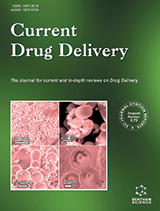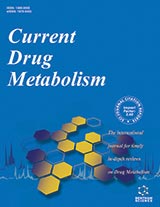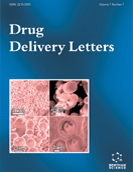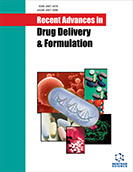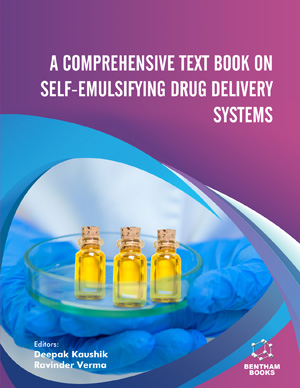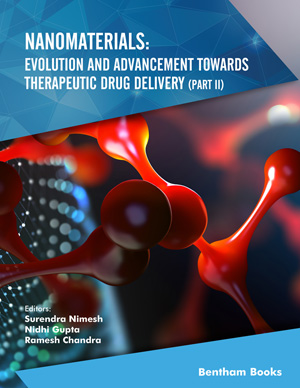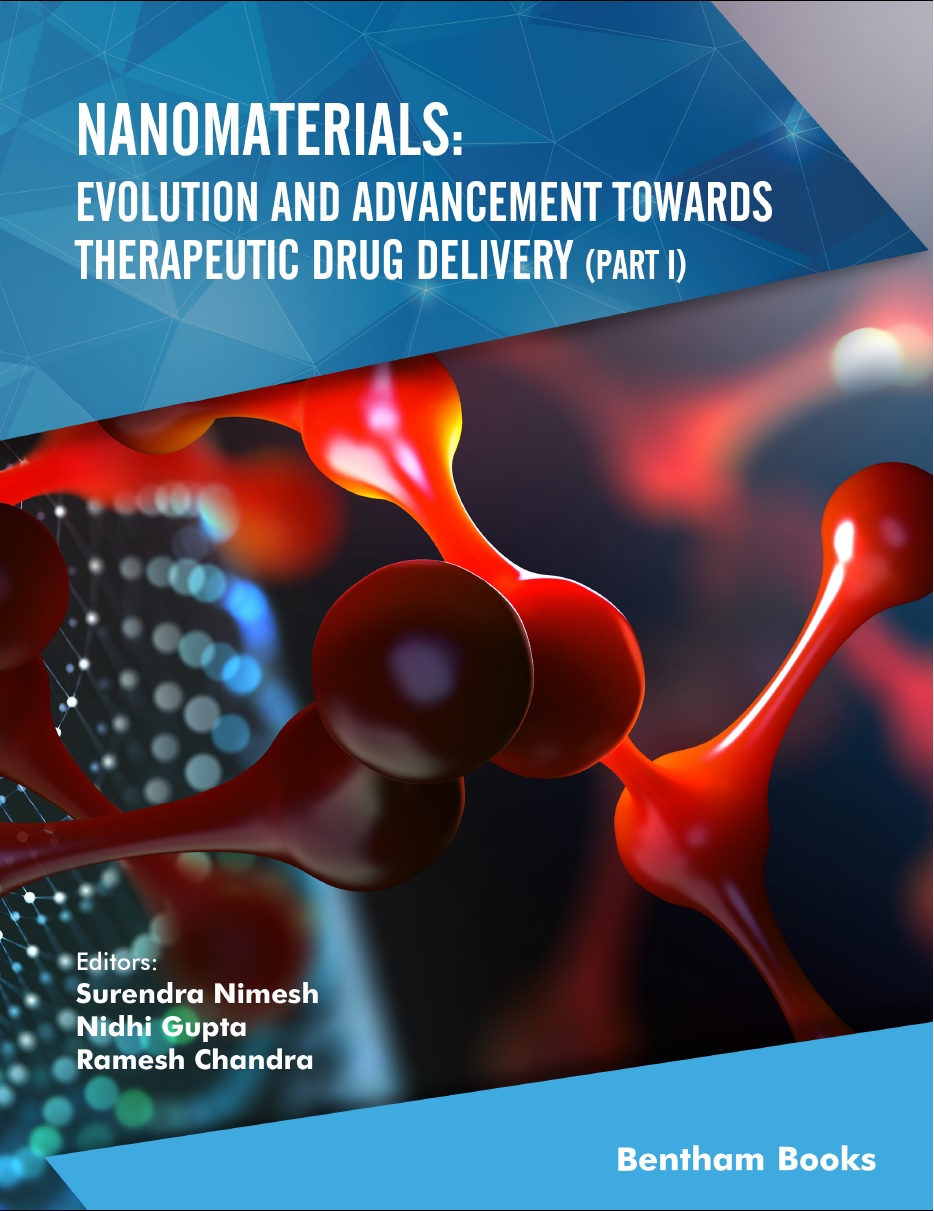Abstract
Background: The aim of this study was to determine the concentrations of propranolol in periocular tissues and plasma after ocular instillation of 0.5% propranolol gel-forming solution (GFS) as compared to 0.5% propranolol non-gelforming solution (non-GFS) for potential use in the treatment of periocular capillary hemangiomas.
Methods: A GFS prepared in 1% sodium alginate or a non-GFS in phosphatebuffered saline was instilled into the eyes of rabbits. At predetermined time intervals after dosing, blood was withdrawn, rabbits were euthanized, and periocular tissues were dissected.
Results: Ocular instillation of the GFS resulted in higher concentrations of propranolol in the outer layers of both the upper and lower eyelids (in the range of 9.9-36.9 μg/g) and maintained higher levels of propranolol in these tissues for 24 h after dosing, as compared to the ocular instillation of the non-GFS (in the range of 3.4-15.1 μg/g). While the concentrations of propranolol in the other periocular tissues were generally similar for GFS and non-GFS at 1 h after dosing, the concentrations of propranolol in the extraocular muscles and periocular fat were higher for GFS than those for non-GFS between 4-24 h after dosing. Lower level of propranolol in plasma was observed at 1 h with GFS as compared with non-GFS.
Conclusion: The use of the propranolol gel-forming solution can prolong drug retention on the ocular surface and increase its distribution to the outer layers of the eyelids while decreasing systemic exposure to the drug.
Keywords: Distribution, hemangioma, ocular instillation, ophthalmic gel-forming solution, periocular tissue, propranolol.
Graphical Abstract


